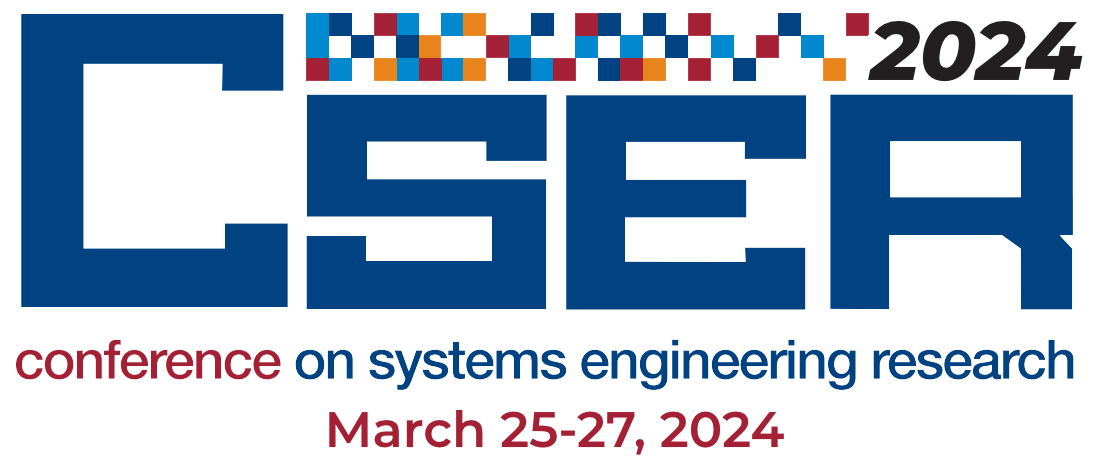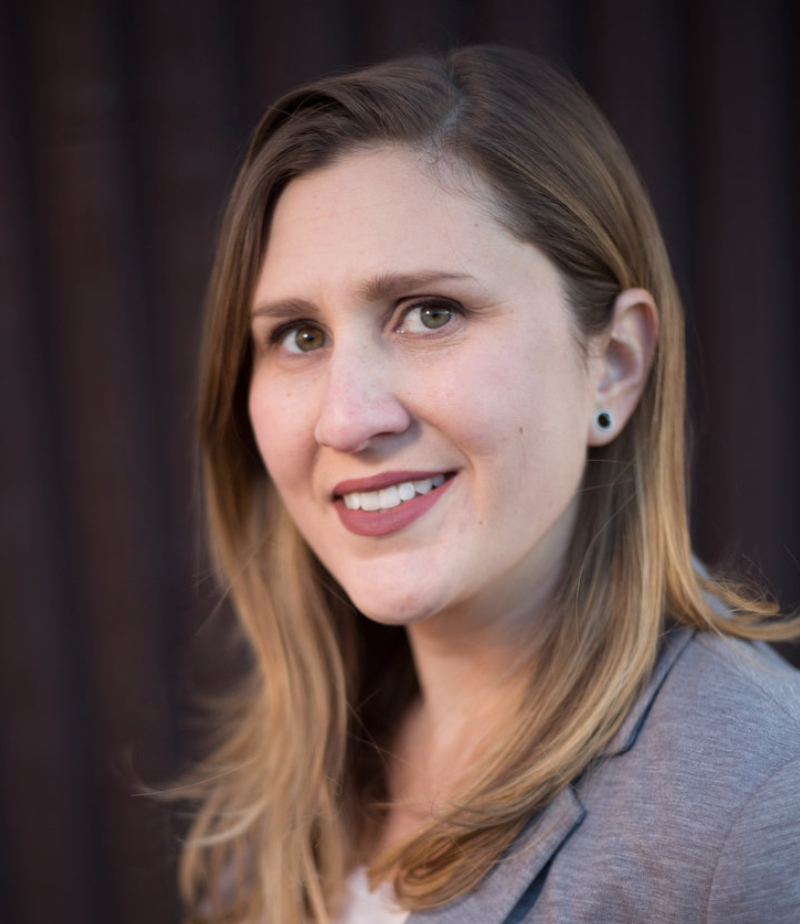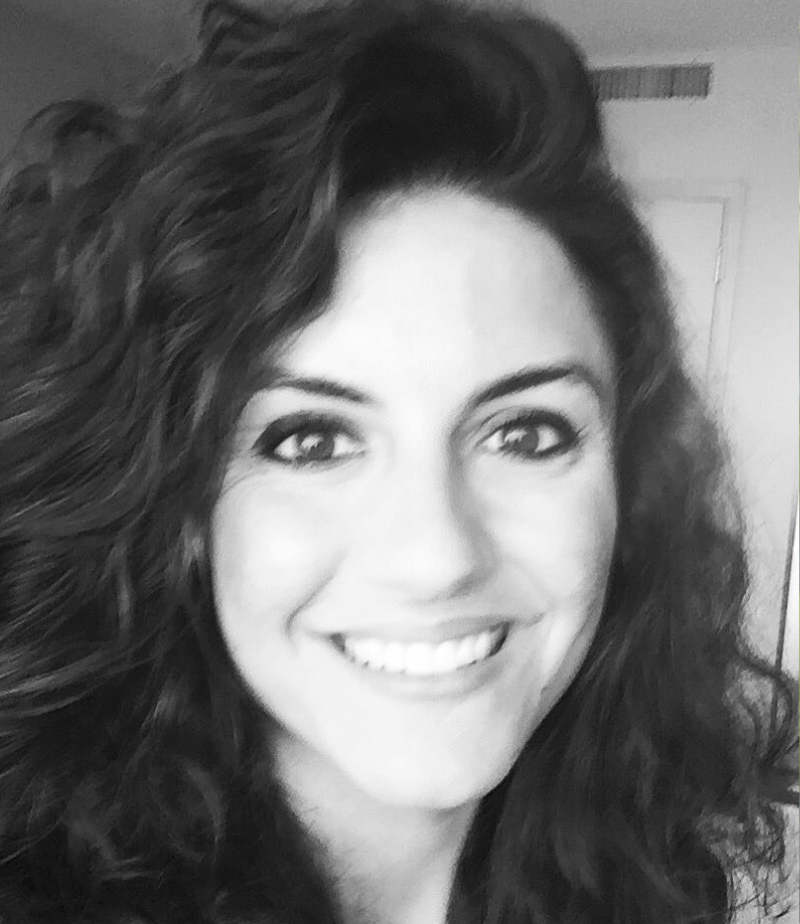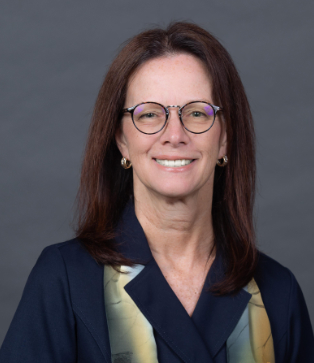Speaking topic: Tactical Autonomy: From S&T to Capability
Abstract: With the advancement of AI/ML capabilities in recent years, autonomy is quickly becoming realizable in many fields, from self-driving cars to autonomous aircraft. The Secretary of the Air Force has named un-crewed autonomous combat aircraft as key components defining the NGAD and the B-21 families of systems in his operational imperatives. This requires the development of Tactical Autonomy, which the DAF defines as autonomous systems acting with delegated and bounded authority of humans in support of tactical, short-term actions associated with a longer-term strategic vision. This talk will address the role of S&T in achieving Tactical Autonomy and the work needed to move this from the lab environment to a capability in the hands of Warfighters.
Biography: Dr. Victoria Coleman is the Chief Scientist of the United States Air Force, Arlington, Virginia. She serves as the Chief Scientific Adviser to the Secretary of the Air Force, Air Force Chief of Staff, and Chief of Space Operations. She provides assessments on a wide range of scientific and technical issues affecting the department’s mission. In this role, she identifies and analyzes technical issues, bringing them to the attention of department leaders. She interacts with other principals, operational commanders, combatant commands, acquisition, and science and technology communities to address cross-organizational issues and provide solutions. Dr. Coleman also interacts with other services and the Office of the Secretary of Defense on issues affecting the Department of the Air Force’s technical enterprise. She serves on the Executive Committee of the Air Force Scientific Advisory Board and is the Principal Science and Technology Representative of the Air Force to the civilian scientific and engineering community and to the public at large.Dr. Coleman is on leave from University of California, Berkeley. Since 2016, Dr. Coleman has held an academic research appointment at the Berkeley Center for Information Technology in the Interest of Society where she leads science and technology policy on microelectronics and efforts to develop tools for countering digital authoritarianism. Dr. Coleman has more than 35 years of experience in computer science and technology, including as both an academic leader and industry executive. Before DARPA, she served as the Chief Executive Officer of Atlas AI P.B.C, a Silicon Valley start-up that brings world-class artificial intelligence solutions to sustainable development. By combining satellite data with other data sets, Atlas AI’s proprietary deep-learning models create actionable insights for governments, non-governmental organizations and commercial companies.
Dr. Rick
Kazman
Danny and Elsa Lui Distinguished Professor of Information Technology Management

Speaking topic: Human-Centric Aspects of Software Architecture
Abstract: In 1992 the political consultant James Carville coined the much-quoted phrase “It’s the economy, stupid”. I shamelessly borrow and adapt Carville’s line, in the context of software architecture to be: “It’s the people, stupid”. A software architecture is not merely a technical artifact; it is a socio-technical artifact. Architects who forget or neglect this critical aspect of their architecture are doomed to failure. An architect is the fulcrum between the world of technology on the one hand, and the world of individuals, groups, and business needs on the other hand. An architect therefore needs to be not just a technical leader, but also a community shepherd. In this talk I will outline some of the non-technical dimensions of a software architect’s job, and describe some of the ways in which these can cause a project to succeed or fail. In addition I will show how a socio-technical ecosystem–a network representation of the technical artifacts as well as the human artifacts–can be captured, modeled, and analyzed, and the ways in which a project can be made better through this analytic lens.
Biography: Rick Kazman is the Danny and Elsa Lui Distinguished Professor of Information Technology Management at the University of Hawaii and a Visiting Researcher at the Software Engineering Institute of Carnegie Mellon University. His primary research interests are software architecture, design and analysis tools, software visualization, and technical debt. Kazman has been involved in the creation of several highly influential methods and tools for architecture analysis, including the ATAM (Architecture Tradeoff Analysis Method) and the Titan and DV8 tools. He is the author of over 250 publications, co-author of three patents and eight books, including Software Architecture in Practice, Technical Debt: How to Find It and Fix It, Designing Software Architectures: A Practical Approach, Evaluating Software Architectures: Methods and Case Studies, and Ultra-Large-Scale Systems: The Software Challenge of the Future. His research methods and tools have been adopted by many Fortune 1000 companies and has been cited over 27,000 times, according to Google Scholar. He is currently a member of the IEEE Computer Society’s Board of Governors, an Associate Editor for IEEE Transactions on Software Engineering, and a member of the ICSE Steering Committee.
Speaking topic: Diagnosing Healthcare: Why Is This So Hard?
Abstract: At every step of a patient’s care journey, from finding a doctor on through to the moment when the bill arrives, a complex set of forces interact to make experiences feel at times miraculous and compassionate, and at other times infuriating and heartless. It’s left patients and providers alike demanding to know: why can’t we just fix this already? In an industry where the stakes are high, the tech is old, and the processes are byzantine, how can we effectuate change? And now how can we do so with an employee base still reeling from being on the frontlines of the pandemic? By pairing behavioral science and human-centered design with the tools of digital transformation, we can begin to heal the complexities that plague our health systems. In this conversation I’ll share examples of large-scale initiatives to redefine the digital patient experience at New York’s largest private health system, using multi-disciplinary teams to diagnose the underlying issues, identify solutions, and choose strategies to bring iterations of value through people, processes and technology.
Biography: Emily Kagan Trenchard offers a unique perspective from within the American medical system: A spoken-word-poet-turned-healthcare-executive, she is on a mission to remix the human in healthcare, challenging entrenched assumptions about what it means to give and receive care in the digital age.
As Vice President of Digital and Innovation Strategy for New York state’s largest health system, Northwell Health, Emily leads teams that push the limits of how we use technology to make healthcare seamless and steeped in humanity, while keeping the company competitive at a time of radical change. She is a big believer that innovation is an ongoing process, not just a box to check, and launched Northwell’s first UX department to ensure that patient perspectives and needs drove the design of digital tools and systems.
Emily also spearheaded the transition of Northwell’s website platform to an open source stack, a move that helped the company save hundreds of thousands of dollars in software licensing costs; transitioning to open source also enabled the growth of an award-winning software development group whose applications include one of the first-ever healthcare uses of an Amazon Alexa skill.
Prior to joining Northwell Emily led web systems for New York City’s Lenox Hill Hospital where she drove the development of many early consumer health tools, including the first-ever implementation of the ZocDoc scheduling platform for a hospital.
Emily’s career is a continual exploration of the effects of technology, language, and design on the ways we care for one another. Outlets ranging from The Wall Street Journal to TechRepublic and CMS Wire turn to her for a fresh perspective on emerging technologies and the future of healthcare.
She is also a nationally recognized poet, essayist, and speaker; recent speaking engagements include the Cleveland Clinic’s Empathy and Innovation conference and WebSumit in Lisbon. Emily holds a master’s degree in science writing from MIT and a bachelor’s degree from the University of California at Berkeley.
Speaking topic: AI-infused Automation
Abstract: The intersection of AI and foundation models with automation is poised to revolutionize the way businesses operate and drive unprecedented growth and efficiency. In today’s rapidly changing landscape marked by increased digitization, complex processes, and mounting pressure on cost structures, AI-infused intelligent automation is more relevant than ever. This keynote will explore the latest trends and innovations in the field and delve into the transformative potential of AI-infused automation.
The focus will be on the ways in which AI-infused automation can elevate the workforce, foster collaboration between business, IT, and AI, eliminate data and process silos, enhance speed and agility, and usher in new digital business models. By reducing skill barriers and proactively aligning company and individual goals, AI-infused intelligent automation has the capacity to drive the next era of business growth and efficiency. At IBM Research, we exploring the potential of low code no code solutions, goal oriented integration , Business and IT process optimization, AIOps and digital employees as key drivers of growth and efficiency.
Biography: Merve Unuvar is Director of AI Platforms and Automation team in IBM Research AI. She is also leading the global research strategy for Business and IT Automation, partnered with the IBM Hybrid Cloud Automation business with a focus on bringing AI infusion across IBM’s Cloud Paks for automation, and integration. Her team consists of research and data scientists, engineers and designers building platforms, tools and programming models that enable data scientists and developers to create and operate AI models and applications faster and better. Merve’s team is developing cutting edge technology in the intersection of core AI, distributed systems, cloud computing, human computer interaction and visualization.
Prior to this, Merve worked as Strategy Lead for the AI Platforms and Runtimes org. Merve helped create the strategic collaboration program that reimagined how IBM Research does business with both clients and business units. Together with the team, she made foundational contributions to Cloud Pak for Automation & Integration business units. Before this, Merve was the Lead Offering Manager of the Blockchain Solutions team where she helped build IBM Food Trust from concept to product, expanding the team from 4 to 100+. Merve Was Technical Assistant (TA) to the VP of Cloud Architecture and Technology and RSM in the Cloud Research team where she worked in machine learning for business process management and invented new techniques on multi-cloud scheduling featured in Fortune.
Prior to IBM, Merve worked in Dun and Bradstreet’s, Global Analytics division as a Data Scientist. In this position, she was responsible for building financial specific models constructed from multiple analytics and big data. Here she utilized, existing and novel self-discovered modeling methods to generate predictive scores for business ratings used to influence billions of dollars in global commerce. In this role she contributed to process improvements in coding, in data audits and in feasibility analytics.
Merve is Adjunct Professor at Boston College, Carroll School of Management, teaching ‘Machine Learning for Business Intelligence’, serves on the board of Stevens Institute of Technology, School of Systems and Enterprises and holds a PhD in Operations Research from Rutgers University.
Merve’s research interests include: Machine Learning, Business Process Management, Stochastic Modeling & Programming, Probabilistic Network Design such as bounding the reliability of a power system, Optimization with Discrete Random Variables, Data Mining/ Management and Predictive Analytics.
Speaking topic: The Edge of Uncomfortable 2.0
Abstract: Whether the context is research, industrial application, or education, innovation is often described as searching for (and possibly stepping over) the leading edge of a domain. In charting this kind of unknown territory, we are challenged in choosing the best metrics to assess whether we have traveled far enough – and in the right directions. Are standard metrics like feasibility, desirability, efficiency, quality, usefulness, and novelty appropriate and sufficient when moving beyond existing boundaries is the goal? How might we leverage the natural human capacity to sense when something is pushing us beyond our “comfort zone”? And how far beyond that comfort zone should we go? In this conversation, we’ll consider the challenges of measuring progress and success when transformative innovation toward a smart and sustainable future is the goal.
Biography: Dr. Kathryn Jablokow is currently serving as Program Director for the Engineering Design and Systems Engineering (EDSE) program in the Civil, Mechanical, and Manufacturing Innovation (CMMI) Division at the National Science Foundation (NSF). In her academic life, Dr. Jablokow is a Professor of Engineering Design and Mechanical Engineering at Penn State University, where her research focuses on design cognition, high performance design teams, advanced manufacturing, and design education. She has been part of the engineering design and systems engineering community for over 30 years and is a co-developer of a Massive Open Online Course (MOOC) on creativity that has attracted more than 300,000 learners since 2013. Dr. Jablokow is a Fellow of ASME and a Senior Member of IEEE, as well as the recipient of ASME’s Ruth and Joel Spira Outstanding Design Educator Award.




